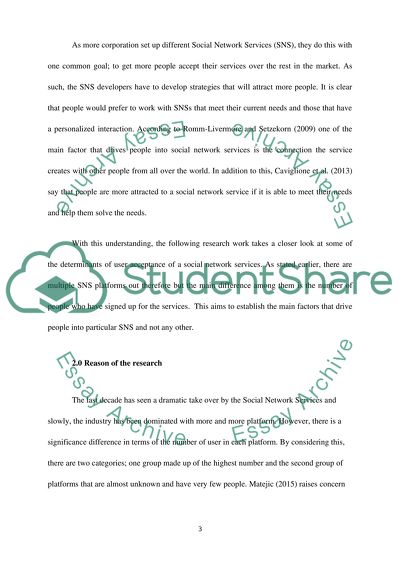Cite this document
(The Investigation on Determinants of User Acceptance of Social Research Proposal Example | Topics and Well Written Essays - 1750 words - 2, n.d.)
The Investigation on Determinants of User Acceptance of Social Research Proposal Example | Topics and Well Written Essays - 1750 words - 2. https://studentshare.org/information-technology/1699469-proposal
The Investigation on Determinants of User Acceptance of Social Research Proposal Example | Topics and Well Written Essays - 1750 words - 2. https://studentshare.org/information-technology/1699469-proposal
(The Investigation on Determinants of User Acceptance of Social Research Proposal Example | Topics and Well Written Essays - 1750 Words - 2)
The Investigation on Determinants of User Acceptance of Social Research Proposal Example | Topics and Well Written Essays - 1750 Words - 2. https://studentshare.org/information-technology/1699469-proposal.
The Investigation on Determinants of User Acceptance of Social Research Proposal Example | Topics and Well Written Essays - 1750 Words - 2. https://studentshare.org/information-technology/1699469-proposal.
“The Investigation on Determinants of User Acceptance of Social Research Proposal Example | Topics and Well Written Essays - 1750 Words - 2”. https://studentshare.org/information-technology/1699469-proposal.


